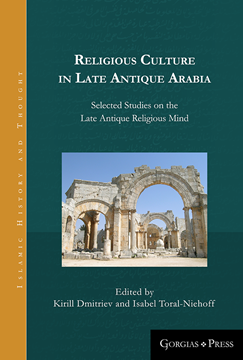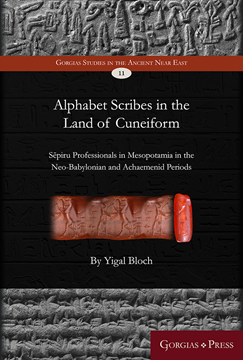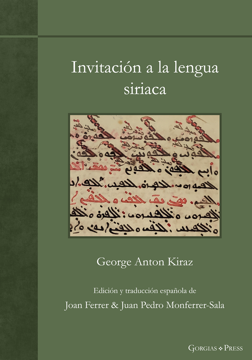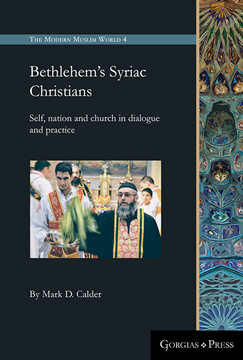American Journal of Ancient History 2.1
Edited by Ernst Badian
Series: American Journal of Ancient History 2.1
ISBN: 978-1-4632-0628-4
The historic American Journal of Ancient History. This volume contains 8 articles: John G. Griffith, 'A Note on the First Eisphora at Athens', G.V. Sumner, 'The Pompeii in Their Families', Allen M. Ward, 'Caesar and the Pirates II: The Elusive M. Iunius Iuncus and the Year 75/4', Chr. Habicht, 'Athenisches Ehrendekret vom Jahre des Koroibos (306/5) für einen königlichen Offizier', Robin Seager, 'Amicitia in Tacitus and Juvenal', Sarah B. Pomeroy, 'Technikai kai Mousikai', R.J.A. Talbert, 'Some Causes of Disorder in A.D. 68-69', Ronald Syme, 'Scorpus the Charioteer'.
$53.00 (USD)
American Journal of Ancient History 2.2
Edited by Ernst Badian
Series: American Journal of Ancient History 2.2
ISBN: 978-1-4632-0629-1
The historic American Journal of Ancient History. This volume contains 7 articles: Jack Cargill, 'The Nabonidus Chronicle and the Fall of Lydia', Erich S. Gruen, 'M. Licinius Crassus. A Review Article', A. Sachs, 'Achaemenid Royal Names in Babylonian Astronomical Texts', D.R. Shackleton Bailey, 'Brothers or Cousins?', Judith P. Hallett, 'Perusinae Glandes and the Changing Image of Augustus', Richard F. Thomas, 'L. Lucullus' Triumphal Agnomen', A.B. Bosworth, 'Tacitus and Asinius Gallus'.
$54.00 (USD)
Religious Culture in Late Antique Arabia
Selected Studies on the Late Antique Religious Mind
Edited by Kirill Dmitriev & Isabel Toral-Niehoff
Series: Islamic History and Thought 6
ISBN: 978-1-4632-0630-7
This volume explores aspects of religious culture in the Eastern Mediterranean and the Arabian Peninsula across Late Antiquity – the period of dynamic and historically crucial developments, culminating in the emergence of Islam. While it would be impossible to provide an exhaustive examination of the topic in a single volume, it is the main aim of this book to further stimulate scholarly research on the Late Antique context of the origins of Islam and the history of early Arab-Muslim culture.
$176.00 (USD)
Alphabet Scribes in the Land of Cuneiform
Sēpiru Professionals in Mesopotamia in the Neo-Babylonian and Achaemenid Periods
By Yigal Bloch
Series: Gorgias Studies in the Ancient Near East 11
ISBN: 978-1-4632-0635-2
This book treats the alphabet scribes in Mesopotamia in the Late Babylonian period (6th-5th centuries BCE). Bloch defends the understanding of the term sēpiru as a designation of alphabet scribes, discusses the functions of sēpiru professionals in Babylonia, and discusses their ethnic origins, with special attention to the participation of Judeans in Babylonia in this profession. The monograph includes translations of over 100 Late Babylonian economic, legal, and administrative documents.
$198.00 (USD)
Invitación a la lengua siriaca
Series: Gorgias Handbooks 36
ISBN: 978-1-4632-0636-9
A Spanish translation of George Kiraz's popular New Syriac Primer. This fruitful integration of scholarly introduction and practical application provides a primer that is more than a simple grammar or syntactic introduction to the language. Written in a style designed for beginners, Kiraz avoids technical language and strives for a reader-friendly inductive approach.
$48.00 (USD)
Bethlehem's Syriac Christians
Self, nation and church in dialogue and practice
Series: Gorgias's Modern Muslim World 4
ISBN: 978-1-4632-0637-6
An anthropological study of Syriac Orthodox Christian identity in a time of displacement, upheaval, and conflict. For some Syriac Orthodox Christians in Bethlehem, their self-articulation - the means by which they connect themselves to others, things, places and symbols - is decisively influenced by their eucharistic ritual. This ritual connects being siryāni to a redeemed community or 'body', and derives its identity in large part from the Incarnation of God as an Aramaic-speaking Bethlehemite.
$162.00 (USD)





